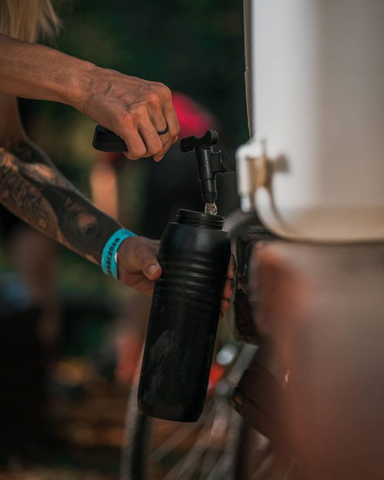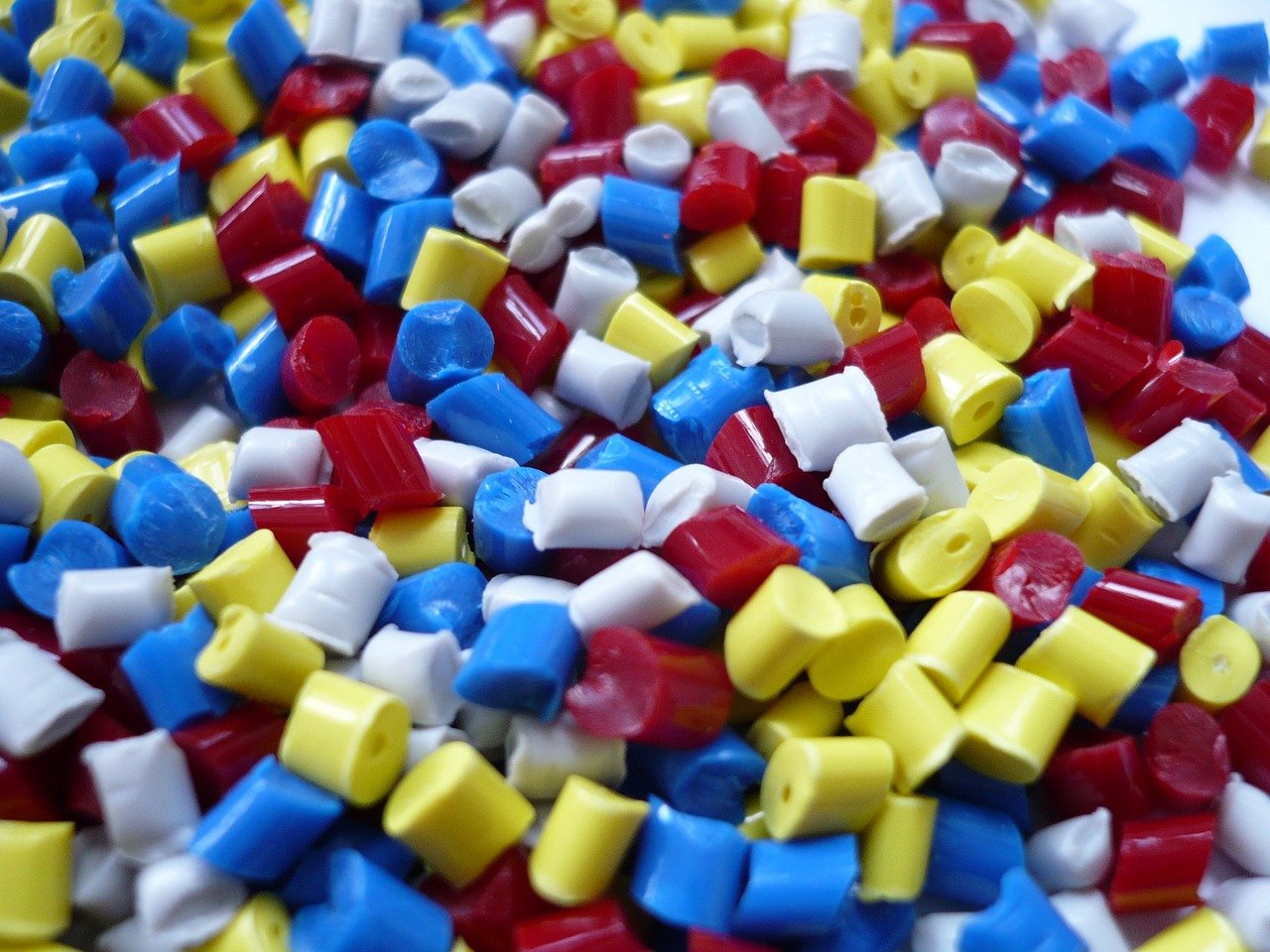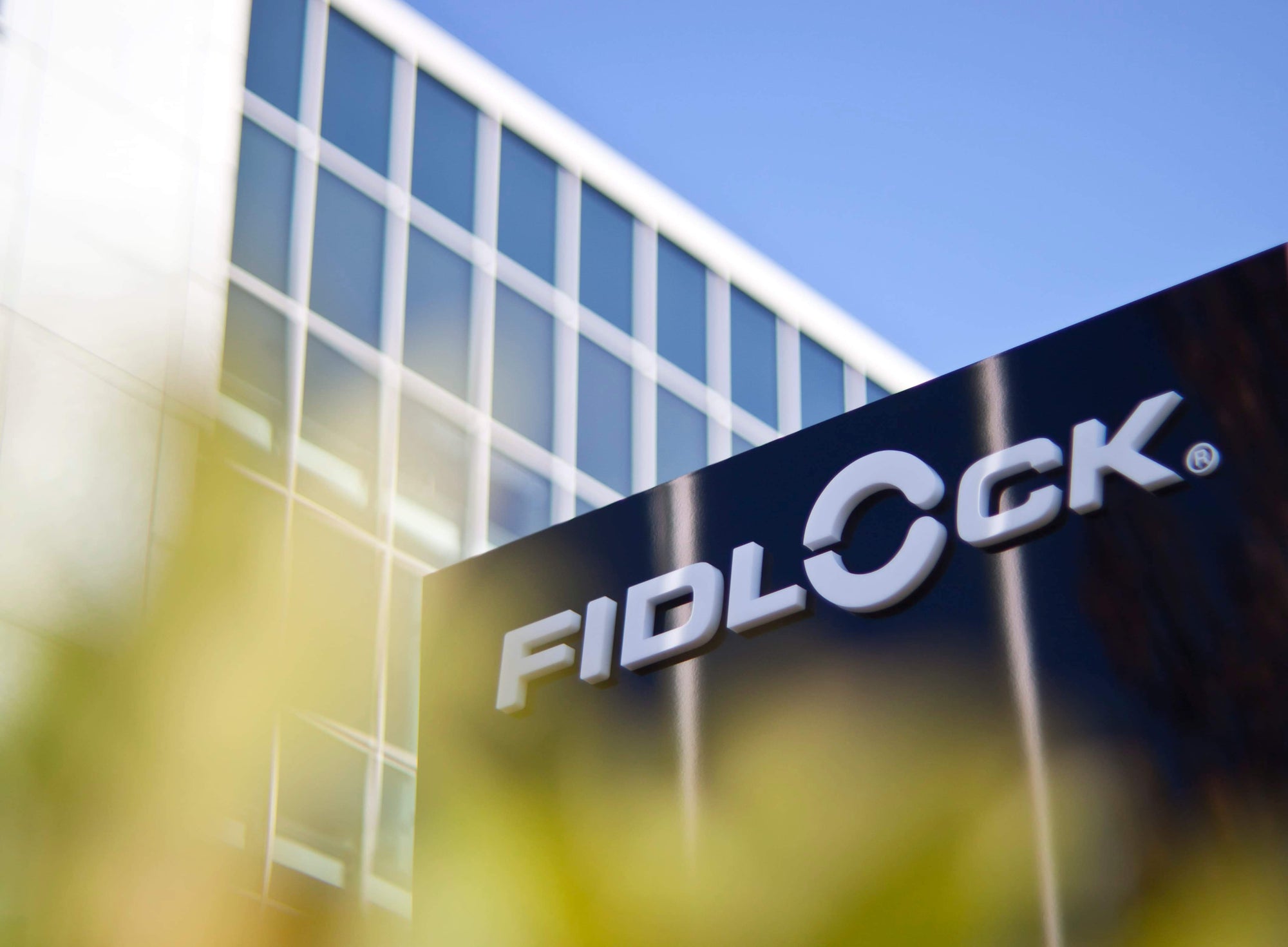BPA, BPS, BPF and other acronyms in my water
The obvious thing first: Plastic residue in water can have a health-threatening effect.
Sounds logical and most people are aware of it. Since this information first appeared in the media, the "BPA free" slogan has become an integral part of our supermarkets.

BPA, or “Bisphenol A,” is a plasticizer used in many plastic products. Plasticizers like BPA have been shown to have estrogen-like effects in the body, throwing off the balance of sex hormones in both sexes. One result that has been linked to increased BPA exposure is the declining sperm count in men over the years. A 2017 study reports a decrease of 52.4 percent between 1973 and 2011.(HumanReproductiveUpdate: Levine et al., 2017) An unnatural increase in estrogen is also not good for the female body. Several different types of cancer, such as breast cancer, are associated with a hormonal imbalance.
The result of this commercially widespread knowledge is a decline in the use of BPA. Other plasticizers and substitutes, such as BPS (Bisphenol S), BPF (Bisphenol F) or DEHP (diethylhexyl phthalate), are therefore being used more and more. As the name of the first two suggests, BPS and BPF come from the same family as BPA and probably have largely similar effects on the human organism.
Okay, the key takeaway is that plasticizers have no place in the body. But let's assume we're talking about a plastic bottle that doesn't use plasticizers. What about the plastic itself?
Study after study has found that so-called microplastics have become an integral part of our environment. We breathe plastic, eat plastic, and unfortunately, we also drink it. While certain foods, such as seafood, can be consciously avoided to reduce plastic exposure, there is one elixir of life that cannot be avoided.

Image by congerdesign from Pixabay
Correct! Water!
Daily water consumption is an essential part of a healthy diet and is also vital for survival. An average fluid intake of 2l ensures the maintenance of vital bodily functions.
So where does the water we drink come from?
Since not everyone has their own spring behind the house, the choice often falls to bottled water. And not too rarely, the water comes in plastic bottles for various reasons. These are much lighter than glass bottles and unfortunately often the cheapest variant of mineral water in the supermarket.
Aside from the fact that most "cheap" water bottles are quite obviously full of plasticizers, there is another, much more general problem with using them.
The plastic from which the bottles themselves are made.
According to this survey by the State University of New York:
- 259 individual bottles from 27 different batches of 11 brands were tested. Purchased at 19 locations in 9 countries.
- 93% of bottled water showed signs of microplastic contamination.
- Regarding microplastic residues with a size of about 100 micrometers, which is approximately the diameter of a human hair, the water samples from bottles contained more than twice as many microplastic particles per liter (10.4) as the tap water samples (4.45).
Okay, we understand that. Then there will be no more water from plastic bottles, but, if purchased, then from glass bottles. The direction is right, but let's assume from the values in the study that a not inconsiderable portion of the plastic residue in the water is due to the lid. 54% of the polymers detected were polypropylene, a commonly used plastic for bottle caps. This is usually also made of plastic for glass bottles, and the process of opening it for the first time ("crack!") causes small plastic particles to get into the water.

Image by Willfried Wende from Pixabay
Okay... then just tap water. In many European countries, it's of drinking water quality anyway and is often checked more critically than some bottled water. True, very true. But what do we fill the water from the tap into? Ideally, into a bottle that is easy to carry and there is no risk of it simply breaking if the bag is placed down roughly. Sounds like a plastic bottle again, or am I mistaken?
As mentioned above, this is not the solution. A better bottle is needed!
We at KEEGO have made it our mission to counteract the problem of the "trade-off" between the practicality of a plastic bottle and the health benefits of using a metal bottle, and to somehow merge these two worlds. But how do you get a bottle that is light and squeezable like a typical plastic bottle and taste-neutral and plasticizer-free like a metal bottle? We opted for a titanium core and an outer layer of high-quality soft-touch material that protects the sensitive core and gives the bottle a pleasant feel.

Welcome to the world of KEEGO.
THE EVOLUTION OF THE DRINKING BOTTLE.
For all those who #keepgoing!
Sources:
Plastics and plasticizers:
- https://lostempireherbs.com/dangers-of-plastics/
- https://pubmed.ncbi.nlm.nih.gov/25376446/
- https://ehp.niehs.nih.gov/doi/10.1289/ehp.1408989
- https://orbmedia.org/stories/plus-plastic/
- http://news.bbc.co.uk/2/shared/bsp/hi/pdfs/14_03_13_finalbottled.pdf
Hormones and health effects:


